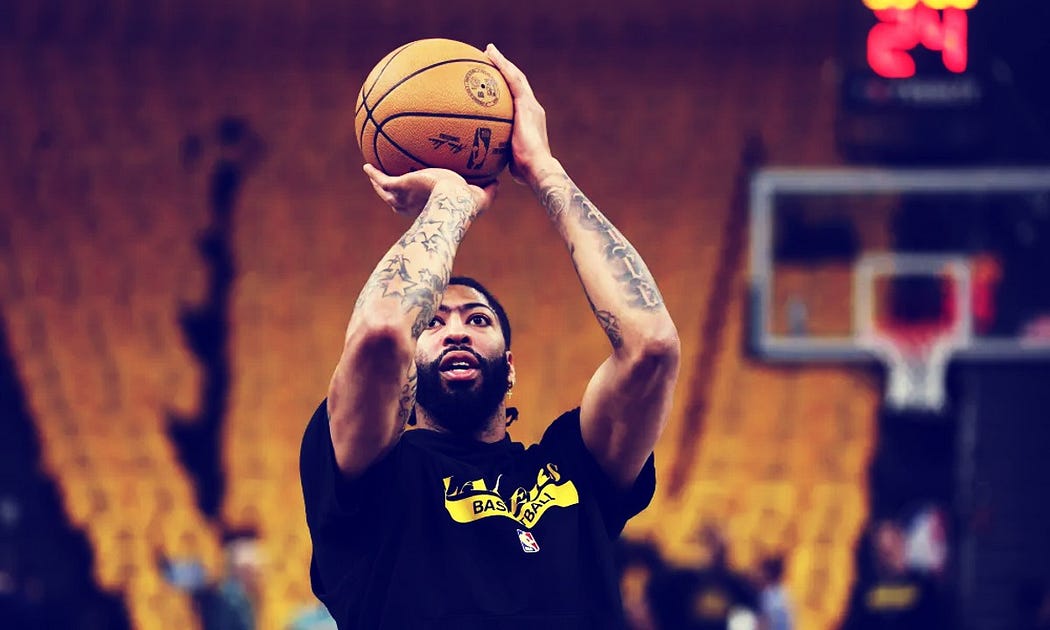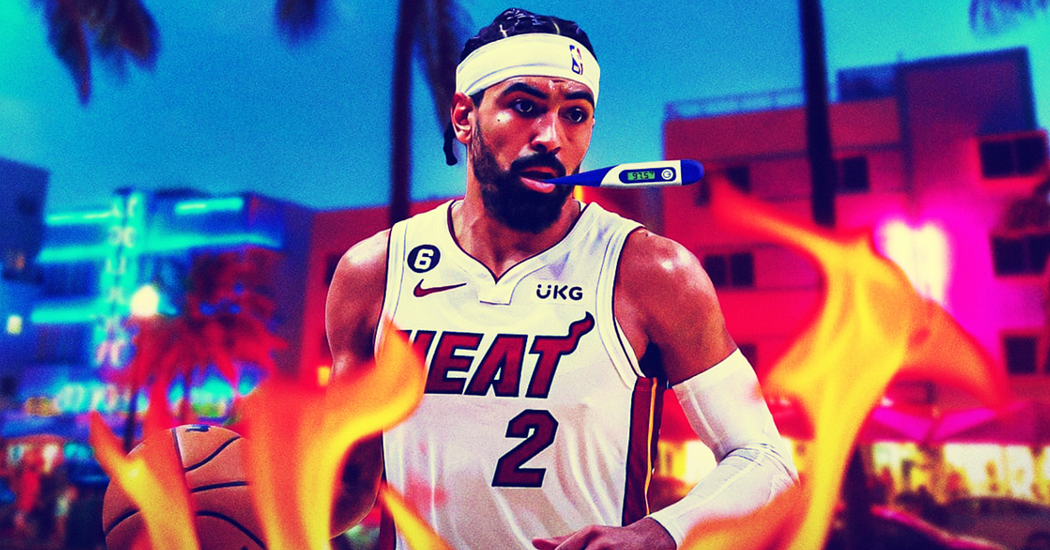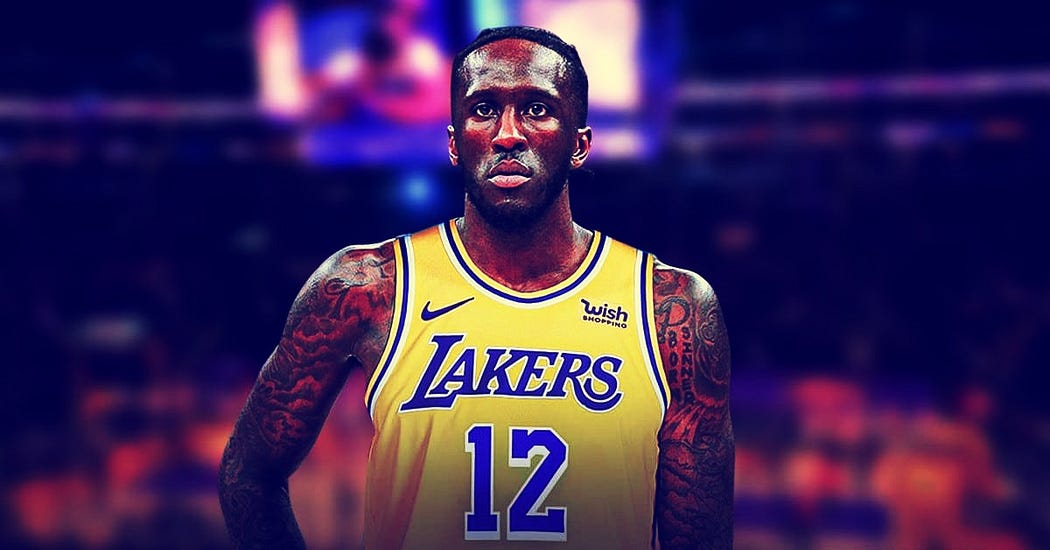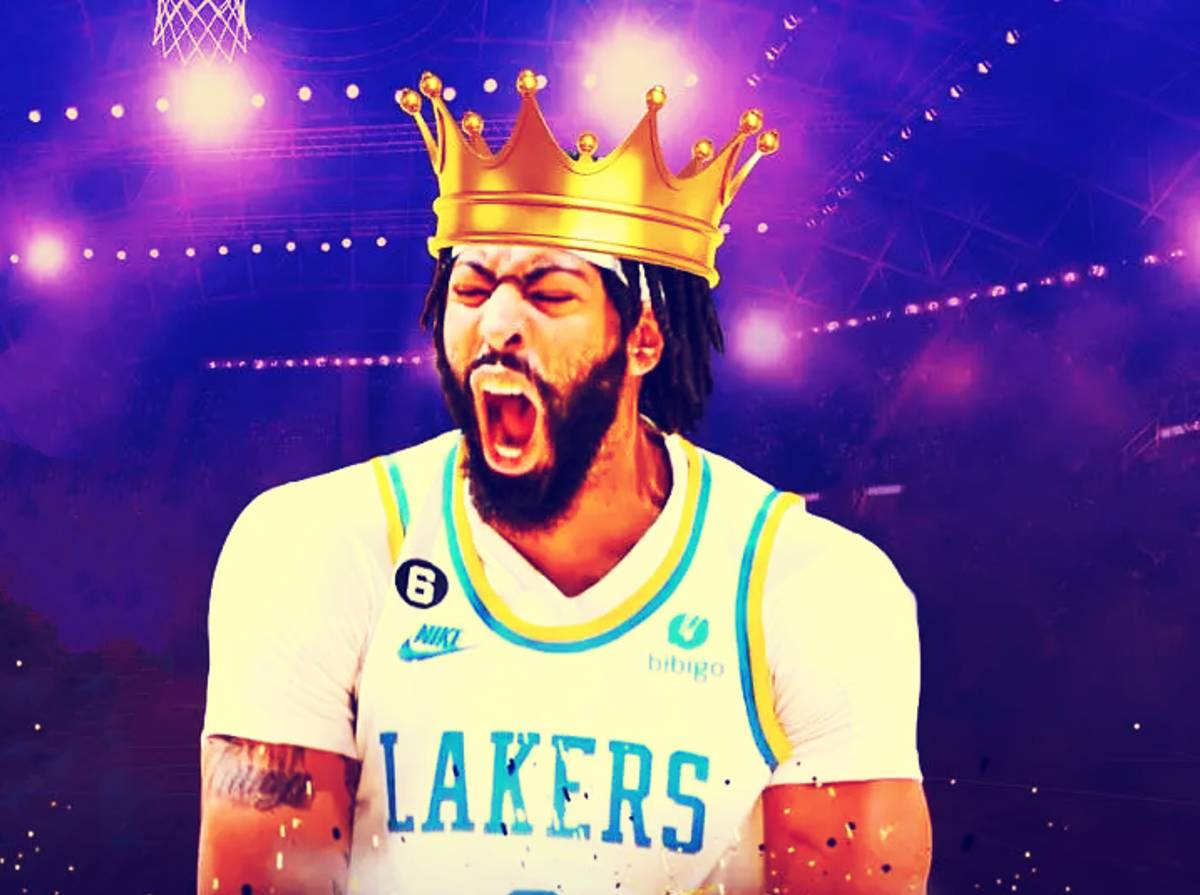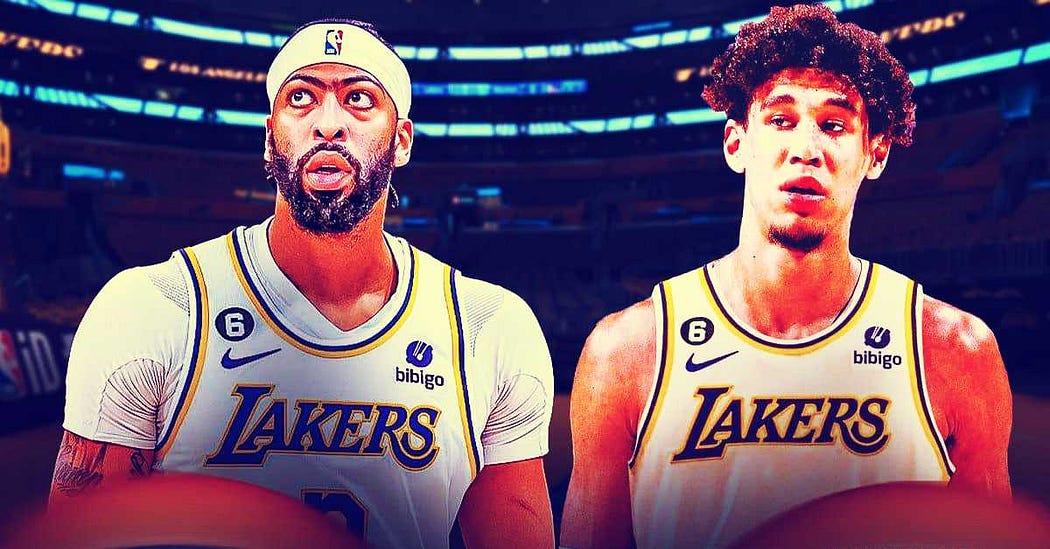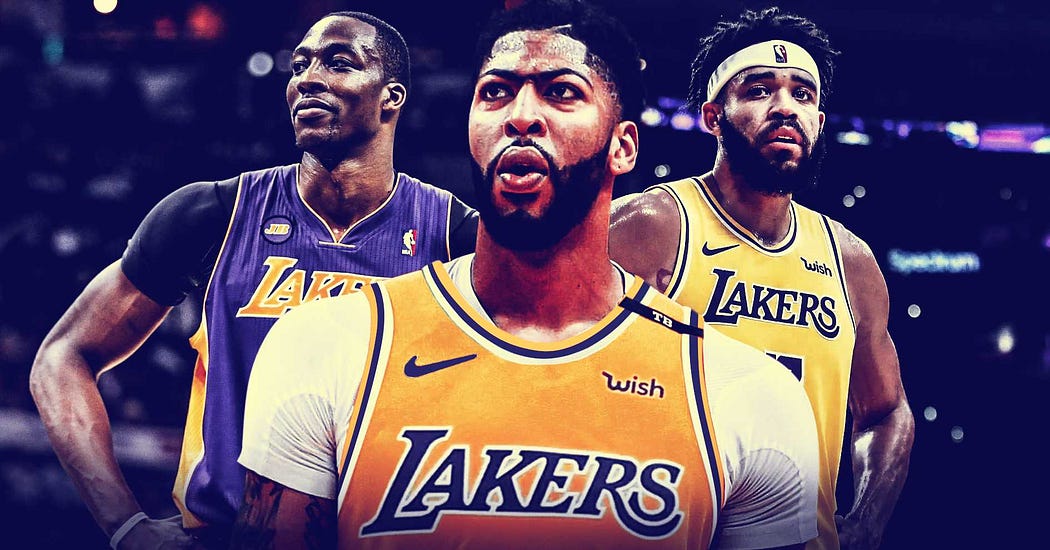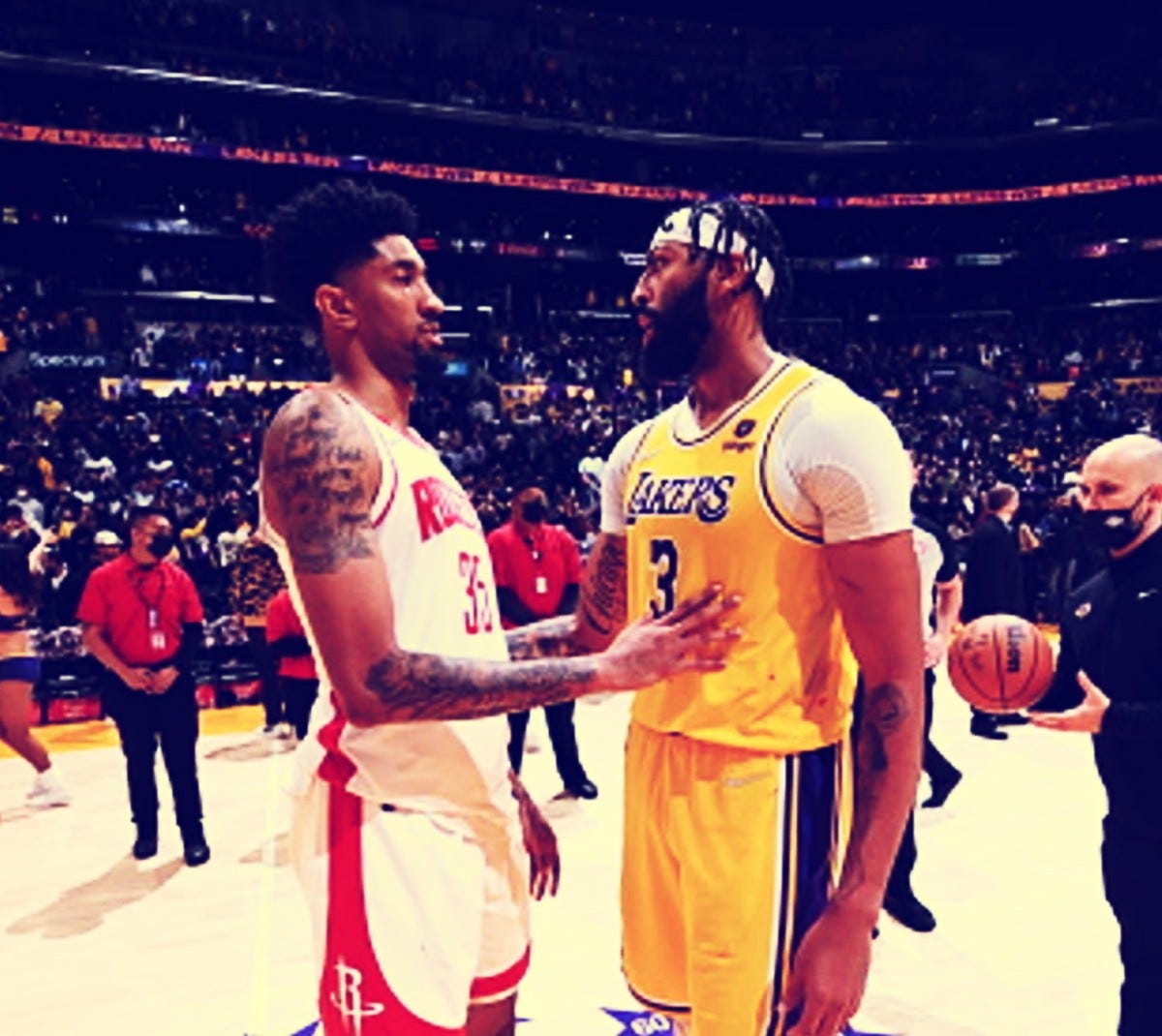Thanks to great moves at last season’s trade deadline and this offseason, the Lakers now find themselves with the deepest and most talented roster and the most legitimate tradable contracts since signing LeBron James.
That bodes well for the Lakers’ championship hopes for next season and for their chances to pull off a blockbuster move before the trade deadline to upgrade their roster from championship contender to title favorite.
The Lakers find themselves in the enviable position of not having to make a move to compete for a championship but they won’t hesitate to swing for the fences if the right player or players were suddenly to become available.
Everybody knows the Lakers would like to trade for a third superstar to play alongside LeBron and AD, help win a championship this season, and then replace James whenever he decides to retire or leave in free agency. The Lakers still have two open roster spots to fill and are hoping to add enough depth so they’ll still have a strong 10-man rotation even after trading two or three current players for a third star before the deadline.
While Rob Pelinka has done a masterful job rebuilding the team on the court, he’s done an even better job cleaning up and optimizing the Lakers salary cap so he has the trading chips to pursue a third star or superstar. Pelinka has built this roster for a big trade. While Reaves is throwing his hat in the ring to be the team’s third star, the Lakers will be on a mission and know this could be their best chance to get another ring for LeBron.
If the Lakers start strong, stay healthy, and get winning play from their starters and rotation, major trading chips and key wild card projects, they can still have championship caliber depth after trading for a third star.
What Would Lakers’ Mega Trade Packages Look Like?
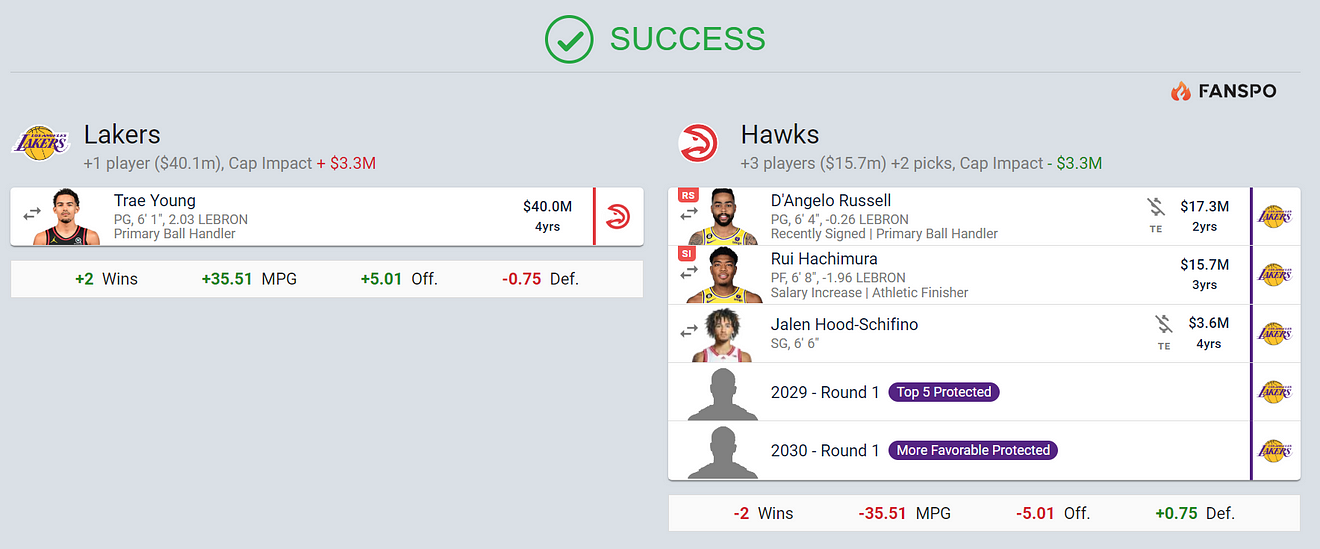
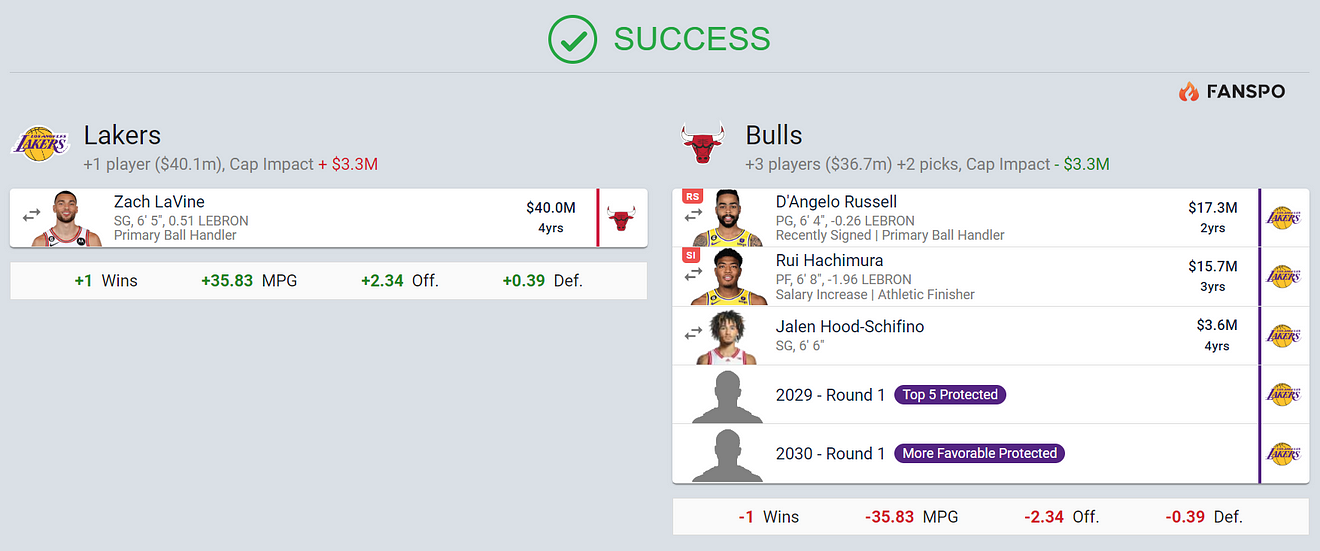
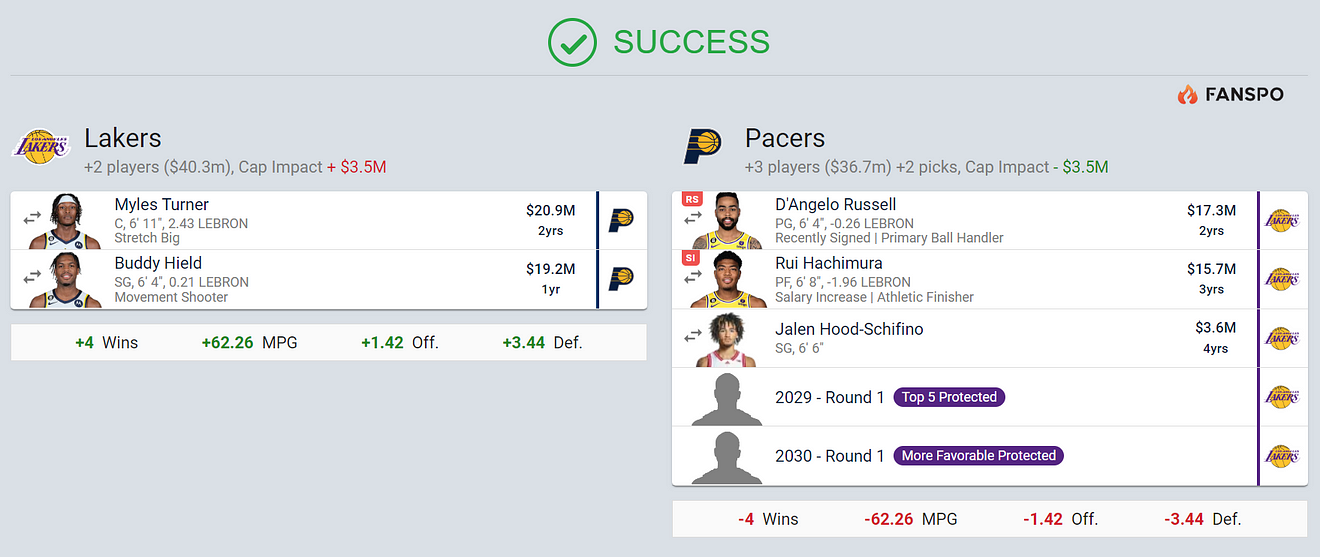
Here are three proposed Laker trades for a $40 million star or stars built upon a package of D’Angelo Russell, Rui Hachimura, Jalen Hood-Schifino, and Top-5 protected 2029 first round pick and 2030 first round pick swap.
There’s a consensus among analysts that the package the Lakers will likely be pushing as they approach the trade deadline will include D’Angelo Russell, Rui Hachimura, Jalen Hood-Schifino, and necessary draft capital. The Lakers’ problem is they won’t trade James, Davis, or Reaves, which means there’s simply no way to match salaries to trade for a pair of stars or a superstar making $40 million without including Russell and Hachimura.
Russell’s $17.3 million, Hachimura’s $15.7 million, and Hood-Schifino’s $3.7M give the the Lakers $36.7 million in valuable tradable salaries, enough to bring back a player or players making $40 million per year. Players whom the Lakers might pursue include Trae Young, Zach LaVine, Pascal Siakam, Kyrie Irving, Kristaps Porzingis, Karl-Anthony Towns, Brandon Ingram, DeMar DeRozan, Myles Turner, and Buddy Hield.
While Russell or Hachimura could play so well the Lakers could decide to keep one or both of them and settle for just minor tweaks or no changes to the roster, the Lakers have positioned themselves for a blockbuster trade. Rob Pelinka sees this as an opportunity not only to reinforce the roster to make a run to win another championship for LeBron but also possibly to make a big move to actually land the player or players to replace James.
The Lakers love the roster they have right now but understand that this season is an opportunity to win their 18th NBA championship as well as a chance to trade for third superstar to eventually replace LeBron James.
What Would Lakers’ Post-Trade Depth Charts Look Like?



Here is how the projected depth charts for the Lakers would look like after making the three blockbuster trades used above as examples of possible deadline trades by L.A. In each case, Lakers still end up with deep rosters.
Looking at the above depth charts, trading for a superstar like Trae Young or Zach LaVine or a pair of second-tier stars like Myles Turner and Buddy Hield would greatly upgrade the firepower of the Lakers’ starting lineup.
The Lakers would be trading two starters for two starters from the Pacers and two starters for one starter from the Hawks or Bulls, which then opens up an opportunities to play two bigs or start Cam Reddish at small forward.
What also jumps out from the above depth charts is how important the Lakers’ last two open roster spots could be, especially if they can land an impact player like Christian Woods for just the veteran’s minimum pay. Depth always looks better on paper but often falls prey to reality as players don’t live up to expectations or get injured. Because of so many wild cards, the Lakers ceiling is exceptionally high and their floor exceptionally low.
Because of the rule changes which prevent teams who are over the first tax threshold from signing any buyout candidates, the Lakers are likely to keep their 15th roster spot open for potential star quality buyout candidates. There’s definitely a possibility of an older veteran player getting released and becoming available in time to be eligible to participate in the playoffs. As a team that can sign buyouts, the Lakers will keep their 15th spot open.
The Lakers need to stay healthy and hope questions about almost every player on the roster get answered positively but a midseason trade for a superstar or pair of stars to this team could lead to their winning #18.
How Hayes And Reddish ‘Wild Cards’ Could Be Key to Trade
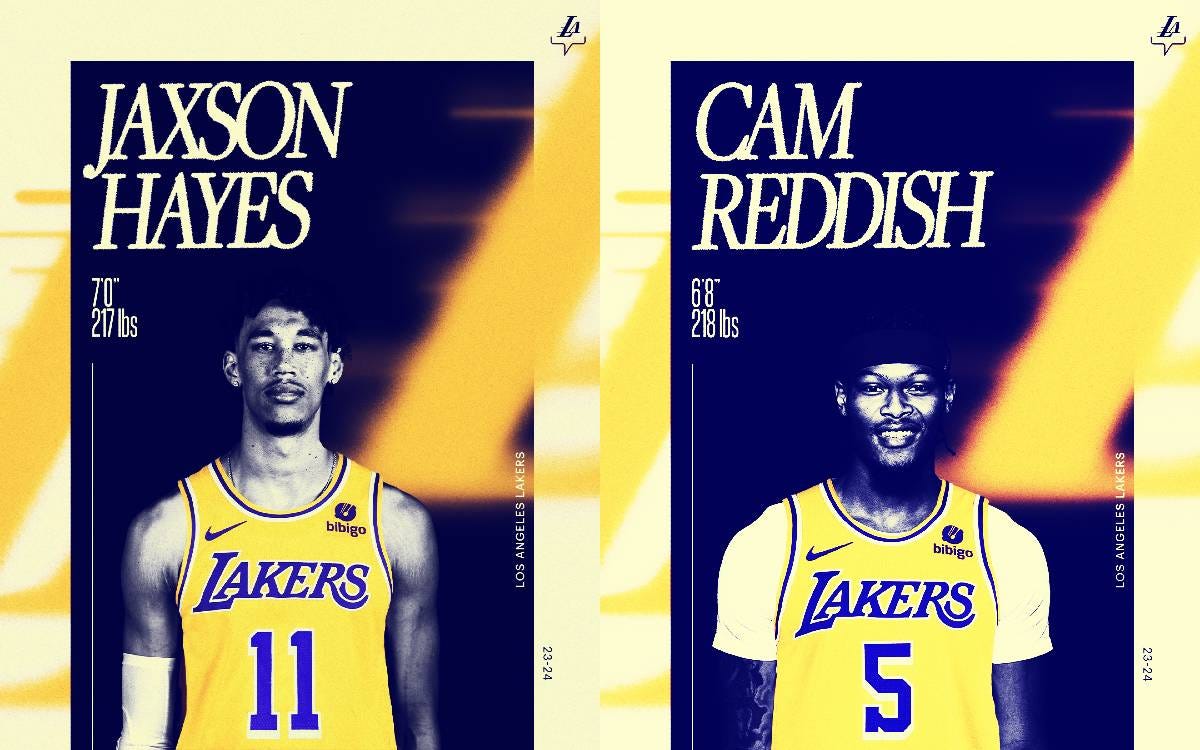
The Lakers’ odds of still having championship quality bench depth after trading multiple players for a third superstar or pair of second-tier stars could depend on how wild cards Jaxson Hayes and Cam Reddish play.
The Lakers hope signing Jaxson Hayes and Cam Reddish, the #8 and #10 picks in the 2019 NBA Draft, will yield the same lightning-in-a-bottle they got for trading for Rui Hachimura, the #9 pick in the 2019 NBA Draft.
Until Hachimura broke out and finished the regular season strong and excelled in the playoffs for the Lakers, all three of the Top-10 2019 draftees were considered to be players who had underperformed their draft status.
But right now, Hayes, Reddish, and Hachimura are have realistic options to start for the Lakers: Hayes at the five with Davis in a two-bigs lineup or Reddish or Hachimura at the three with James and Davis and four and five. How the three perform in training camp and preseason could very well determine who starts for the Lakers. In a perfect world, Hachimura will continue to excel as a Laker while Hayes and Reddish have breakout years.
The NBA has always been a star and superstar driven league and the Lakers roster has four players who were top-10 first round picks in LeBron James (#1), Anthony Davis (#1), D’Angelo Russell (#2), and Rui Hachimura (#9).
The four players the Lakers were targeting via midseason trades were Trae Young (#5), Zach LaVine (#13), Myles Turner (#11), and Buddy Hield (#6), which would give the Lakers five or six players who were top-13 picks.
The Lakers need all three of their 2019 Top-10 draft picks to have career seasons so they can pull off a mega midseason trade for a third star or superstar and still have championship caliber depth left after the trade.
